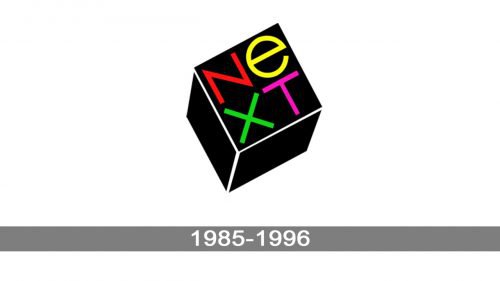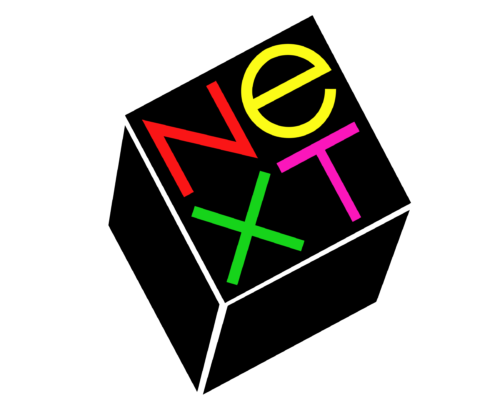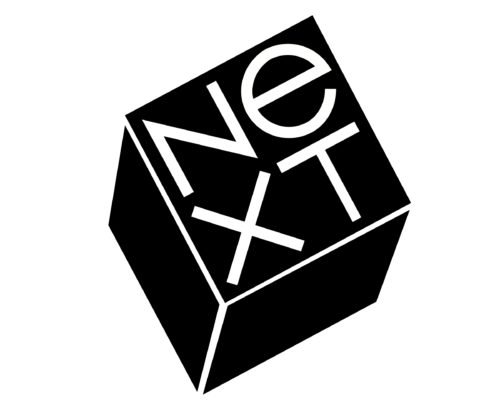Created by Steve Jobs in 1985, NeXT was a company, that specialized in designing and manufacturing computer workstations for educational establishments and businesses. The first computer of the company saw the light in 1988. NeXT was acquired by Apple in 1996, after Steve Jobs come-back.
Meaning and history

In 1985 Steve Jobs was forced to leave Apple, but this did not stop him from developing and implementing his brilliant ideas. Already in 1986 Jobs founded NeXT and created the first computer under the same name in 1988. Despite its modest commercial success — only 50,000 machines sold — NeXT managed to have a major impact on the course of computer history, and some of the ideas first tested in its creation appeared in one form or another in computers in the late 20th and early 21st century.
From the very beginning of the new company, NeXT was thought to be the product for educational and business needs, and the special operating system, NeXTSTEP, was designed for the computer in collaboration with Sun Microsystems.
From the date of the NeXT company establishment and till its acquisition by Apple in 1996, the company introduced three computers: the very first model, designed in 1988, was called the simple NeXT Computer; two years later, in 1990 two smaller versions saw the light — NeXTstation and NeXTcube.
What is NeXT?
NeXT is a name of a discontinued company, established by Steve Jobs in 1985, and acquired by Apple in 1996. The company was engaged in the production of computers and programming environments for educational and business institutions, There were three models of NeXT computers introduced to the market.
As for the visual identity, throughout the years NeXT has been staying loyal to its initial design, keeping the geometry and color palette of the graphical emblem, with only a slight refinement of the wordmark’s typeface.
1985 — 1996
The NeXT logo was composed of a solid black cube, placed diagonally, standing on one of the corners. The four letters of the company’s name were written over the side of the cube, with all letters but “E” capitalized. Each letter was set in its own color: red for the “N”, yellow for the “E”, green for the “X”, and fuchsia-pink for the “T”.
The author of the NeXT logo was the well-known graphic designer Paul Rand. He was commissioned for this task by Steve Jobs in 1986. As a result of a long work, a 20-page brochure was created, in which each and every detail concerning the brand was described. Rand even noted the precise angle the emblem should feature (28°).
Font and color
The wordmark from the primary NeXT logo looked very clear and sleek. All the characters of the inscription were set in a clean and modern sans-serif typeface, which evoked a sense of progress, expertise, and creativity. As already mentioned above, the inscription on the logo had all letters, but the “E”, set in the uppercase, although all of them featured one size, and the “X” could be read in both the upper- and the lowercases.
As for the color palette of the NeXT visual identity, it was bright and memorable. The neon shades of green and pink look incredibly bright against the black background. Red and yellow letters also create a remarkable contrast with the background. The overall effect is fresh, bright, and unique.










